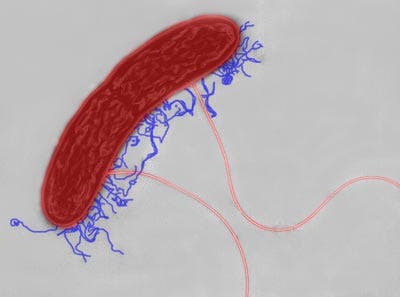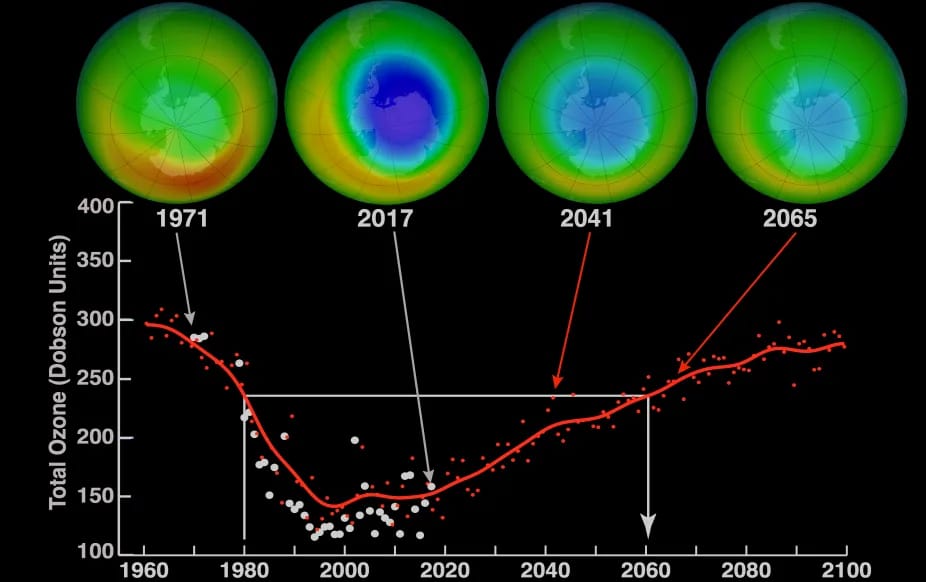Glow-Up of the Century: The Powerpuff Bacteria

Just like how Blossom, Bubbles, and Buttercup were created in a lab with a mysterious mix of sugar, spice, and everything nice (plus Chemical X!), scientists today are engineering Powerpuff Bacteria (as I call them)—tiny but mighty microbes that generate electricity! These guys zap into action by harnessing biochemical reactions to power up devices, clean up waste, and revolutionize bioelectronics.
Our harmonious existence and survival on planet Earth in the next decade require more innovations in green and sustainable electronics. What could be better than electronics that biodegrade after use, putting an end to electronic waste? So could these electrified microbes be the unexpected superheroes of sustainable energy? Let’s dive into their shocking potential!
Microbial Electricity: How It Works
Microbes living in environments where oxygen is absent or depleted have to come up with alternative strategies for their survival. Electroactive microbes are microorganisms that can execute electron transfer either to or from the surrounding medium. It enables them to “talk” to solid materials such as metal oxides or electrodes directly by transferring electrons or through soluble redox media.
These microbes are important actors in energy flow throughout the ecosystem and have provided new prospects in bioelectricity and green technologies. By utilizing their electroactivity, researchers have developed bioelectrochemical systems that employ electrodes in place of the minerals that these microorganisms would typically use as terminal electron acceptors. As a result, these systems reduce the electrode by using bacteria as catalysts to produce power.
Electroactive Bacteria You Should Know
- Geobacter sulfurreducens: Found in sediments; reduces Fe(III) and Mn(IV) using conductive pili (nanowires) to transfer electrons.
- Shewanella oneidensis: Found in aquatic environments; reduces metal oxides using cytochromes on its outer membrane.
- Desulfovibrio species: Sulfate-reducing bacteria that produce hydrogen and exchange electrons with metals.
- Pseudomonas aeruginosa: Produces pyocyanin, a soluble electron shuttle, for redox reactions.
How Scientists Harness This Electricity
- Microbial Fuel Cells (MFCs): Microbes transfer electrons to electrodes during oxidation to produce electricity. Used in wastewater treatment.
- Biosensors: Microbes produce electric signals in response to chemical stimuli, useful in detecting pollutants or metabolic changes.
- Bioremediation: Species like Geobacter clean up heavy metals via electron transfer processes.
- Biohybrid Devices: Combining microbes with synthetics to enhance microbial energy output. Used in sensing and remediation.
- Bioelectronics: Research into microbial nanowires and circuits for powering devices in remote or developing areas.
Bioanodes and Biocathodes
Bioelectrodes harness the metabolic activity of microbes to convert chemical energy into electrical energy. The microorganisms in bioanodes break down organic matter (e.g., glucose or wastewater) and transfer the resulting electrons to the anode, which then flows through an external circuit. Bioanodes play a role in bioelectrochemical sensing and bioremediation.
The microorganisms at the cathode utilize electrons and protons to reduce compounds, often producing useful chemicals (such as hydrogen or organic acids). The cathode is the site of reduction reactions, opposite to oxidation at the anode. Biocathodes are also involved in carbon capture and biosynthesis processes.
Microscopic Superheroes of Sustainability
Among the phenomena that have piqued the interest of sustainability enthusiasts, the capability of electrotrophic microbes to develop green electronics can come as no surprise. By developing advanced bioelectrochemical systems and bioelectronics to unlock the potential of these fantastic microorganisms, we can create environmentally sustainable transducers for building a new family of energy-efficient consumer electronics.
These microscopic heroes may not be fighting Mojo Jojo but have been battling even more horrifying villains like fossil-fuel dependence, the energy crisis, and climate change. In the future of resource-efficient electronics, we are yet to discover more about these incredible life forms and how they can shape the reality of our Townsville.
Similar Post You May Like
-

CFCs, HFCs and their long, troubled history
At its peak, the ozone hole covered an area 7 times larger than the size of Europe, around 29.9 million km2, and was rapidly expanding
-

The Origin of Universe: Deciding point where it all began!
Let us unravel and surf through the ideas throughout ages to understand what the universe and its origin itself was to its inhabitants across history.
-

The Artemis Program
Inspired by the Greek goddess of the Moon, twin sister to Apollo, the artimis program was named on 14 May 2019 by Jim Bridenstine.






